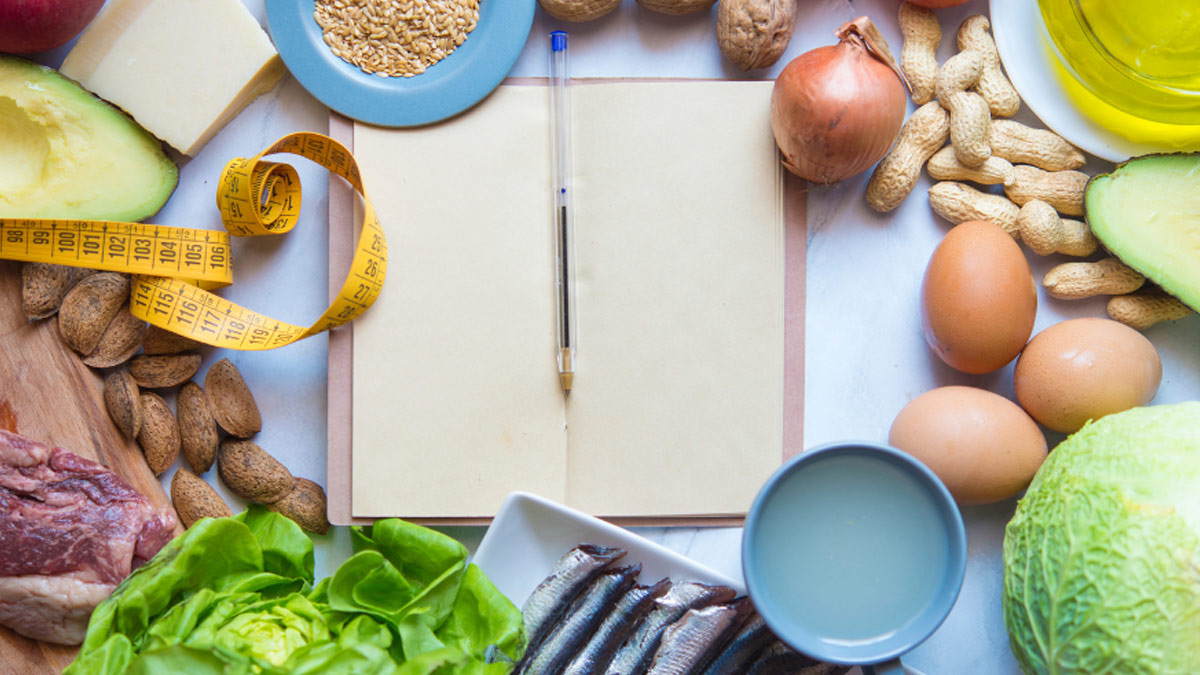
Losing stubborn fat has always been a challenge, despite endless diets and intense workout regimens. Now, a new method — the Switch On Diet — has taken social media by storm, offering a seemingly revolutionary promise: significant fat loss in just four weeks. Originating from South Korea, this trend has sparked global interest, and people are eager to find out whether it lives up to the hype.
Table of Content:-
Developed by Dr Yong-Woo Park, a leading expert in obesity treatment with over 30 years of experience, the Switch On Diet claims to not only help with weight loss but also reset your metabolism, preserve muscle mass, and boost overall health. Let’s break down exactly how this diet works and why it’s capturing everyone’s attention.

What Is The Switch On Diet?
At its core, the Switch On Diet blends principles of intermittent fasting and gut health optimisation. The plan emphasises consistency, mindful eating, and strict avoidance of certain foods. Its foundation rests on a few key rules:
- Hydration: Drinking at least two litres of water daily.
- Sleep: Ensuring a minimum of six hours of sleep each night.
- Supplements: Incorporating specific vitamins and probiotics.
- Intermittent Fasting: Fasting between 10 to 14 hours daily.
- Exercise: Engaging in high-intensity workouts four times a week.
- Meal Timing: Finishing dinner at least four hours before bedtime.
Processed foods, caffeine, alcohol, and excess sugar are strictly off-limits. Carbohydrate intake is also reduced to encourage ketosis, a metabolic state where the body burns fat instead of carbs for energy.

The Four-Week Breakdown
Week 1: Detoxification and Gut Reset
The first phase focuses on cleansing the digestive system.
- Days 1–3: Participants consume four protein shakes a day, supplemented by probiotics taken on an empty stomach, paired with at least one hour of walking daily.
- Days 4–7: Protein sources like fish, chicken, pork, eggs, and low-fat beef are gradually introduced. Vegetables such as broccoli, cucumbers, and cabbage are encouraged, while flour, dairy, and coffee remain banned.
Also Read: Mohammed Shami Spills The Beans On His Unique Diet And Fitness Secrets at 34
Week 2: Introducing Intermittent Fasting
The second week integrates intermittent fasting more aggressively:
- One full 24-hour fast is performed, followed by a high-protein dinner.
- Each day involves two protein shakes, a low-carb lunch (such as rice and vegetables), and a no-carb, protein-heavy dinner.
- Moderate workouts continue, but fasting days are meant for lighter physical activity to allow the body to recuperate.

Weeks 3 and 4: Stepping Up Fat Burning
Fasting becomes more intense during the last two weeks:
- Week 3: Two non-consecutive 24-hour fasts are introduced.
- Week 4: Fasting increases to three full-day fasts per week. Daily meals include two protein shakes and two low-carb meals focusing on nutrient-dense foods like pumpkin, cherry tomatoes, berries, and chestnuts. For those exercising, carb-rich foods like sweet potatoes and bananas are allowed post-workout to assist muscle recovery.
Also Read: Delhi Schools Issue Fresh Guidelines As Scorching Heatwave Grips City
Maintaining Results Post-Diet
The Switch On Diet doesn’t end abruptly after four weeks. To sustain results:
- Participants are advised to continue intermittent fasting (14-hour fasts) once a week.
- A 24-hour fast once every week is also recommended to maintain metabolic benefits and prevent fat regain.
Is The Switch On Diet Safe For Everyone?
While many individuals praise the structure and the swift results of the Switch On Diet, experts caution against diving into such an intense program without professional guidance. Drastically altering eating patterns, especially through prolonged fasting, can affect people differently depending on their health status.
Before committing to the Switch On Diet or any similar regimen, it's important to consult with a healthcare provider to ensure it aligns with your body’s needs and goals.
Also watch this video
How we keep this article up to date:
We work with experts and keep a close eye on the latest in health and wellness. Whenever there is a new research or helpful information, we update our articles with accurate and useful advice.
Current Version